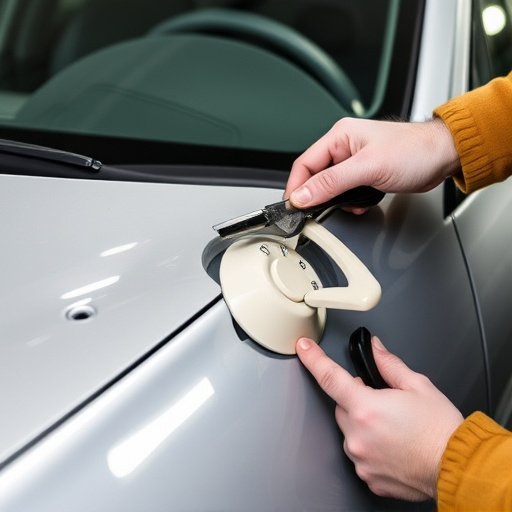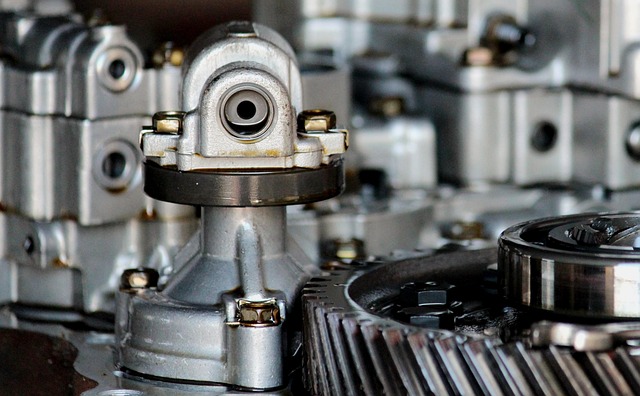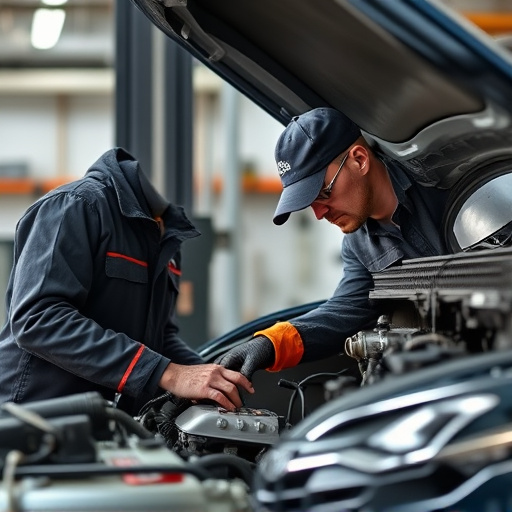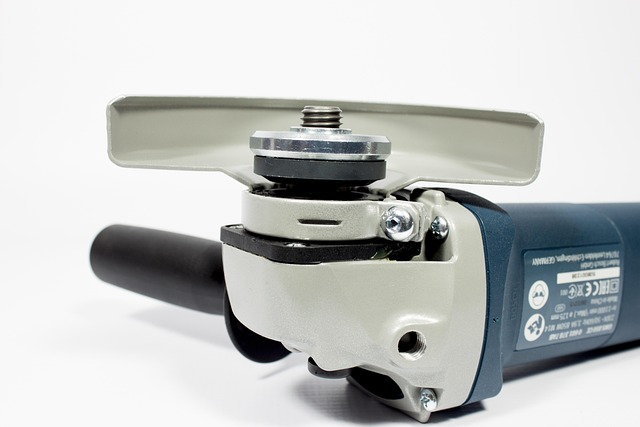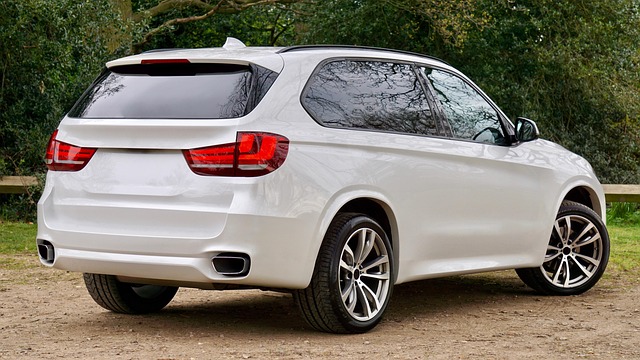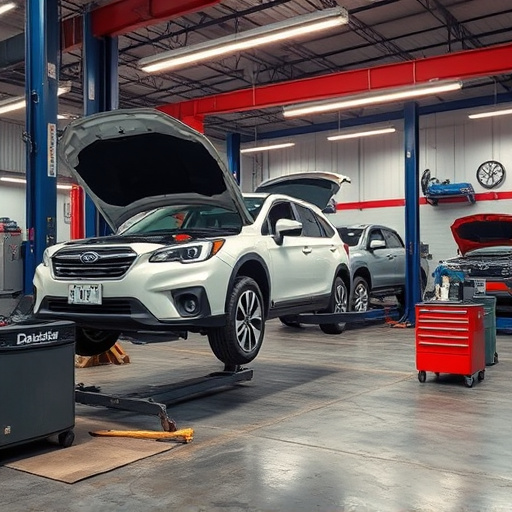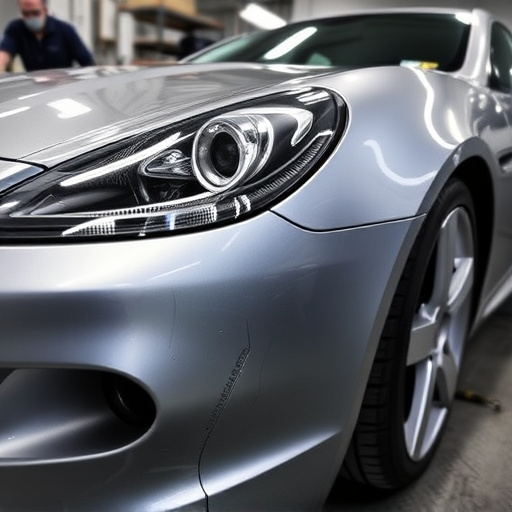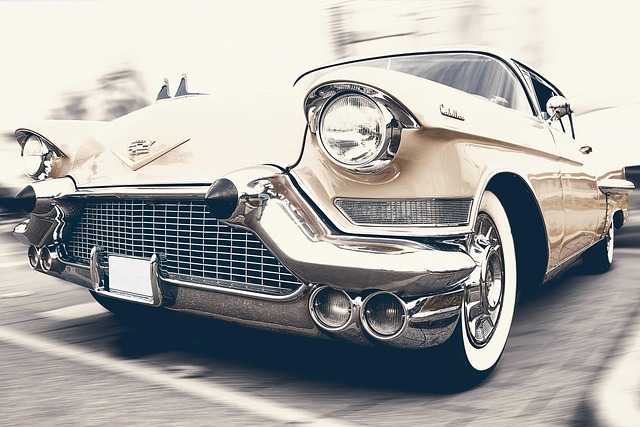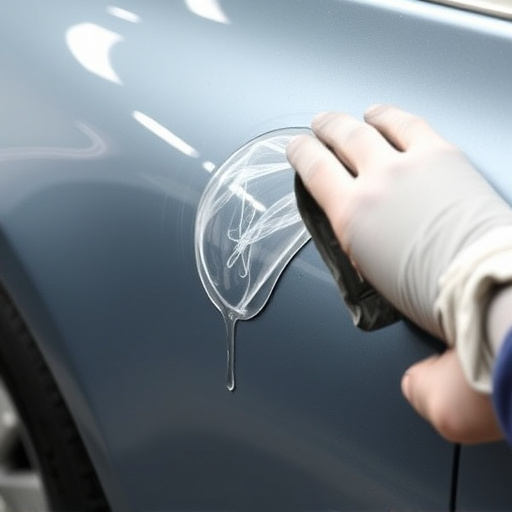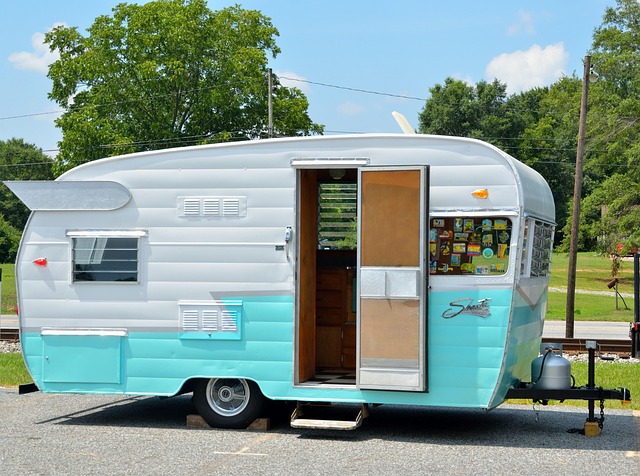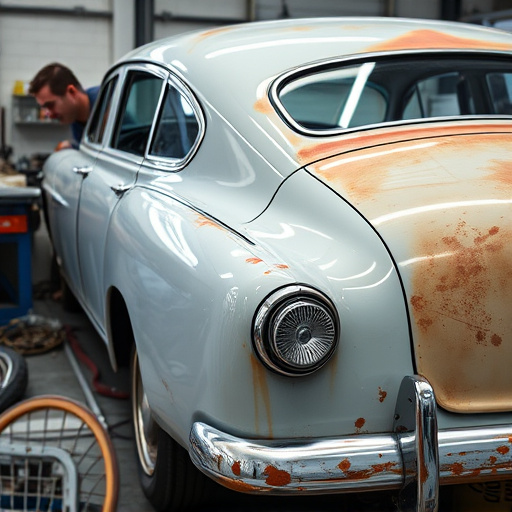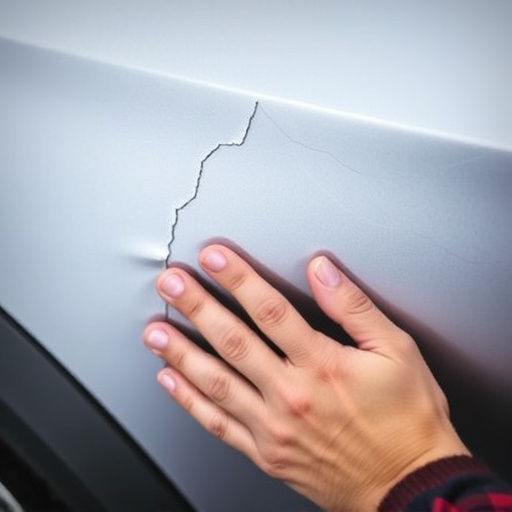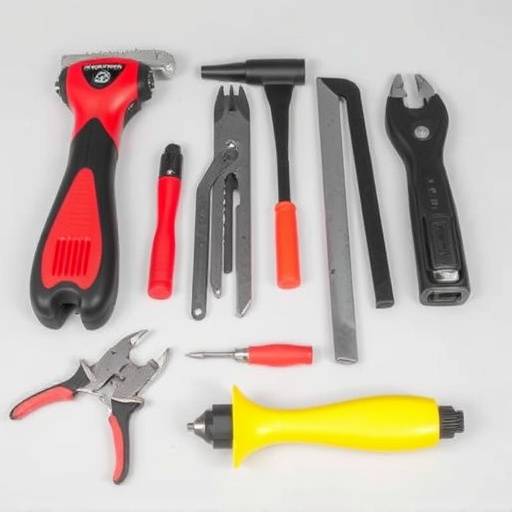Specialized software in post-accident frame analysis enhances vehicle repair precision and efficiency. By providing 3D models, image synchronization, and virtual measurements, these tools enable quicker, more accurate dent removal and bodywork services. Adopting digital solutions over manual methods improves accuracy, reduces human error, and boosts customer satisfaction in the competitive automotive repair market. Emerging tech like 3D laser scanning and AI-powered imaging offers unprecedented precision, while VR and AR revolutionize restoration processes with immersive simulations and visual guidance.
In the realm of automotive accident investigations, accurate post-accident frame analysis is paramount. Today, a variety of top tools and emerging technologies are reshaping how professionals approach these critical evaluations. This article explores the evolution of post-accident frame analysis, delving into key software for digital frame inspection, traditional manual measurement techniques, and innovative technologies that promise to revolutionize the field. Discover the latest advancements in this essential practice area.
- Key Software for Digital Frame Inspection
- Traditional Methods: Manual Measurement Techniques
- Emerging Technologies in Post-Accident Analysis
Key Software for Digital Frame Inspection
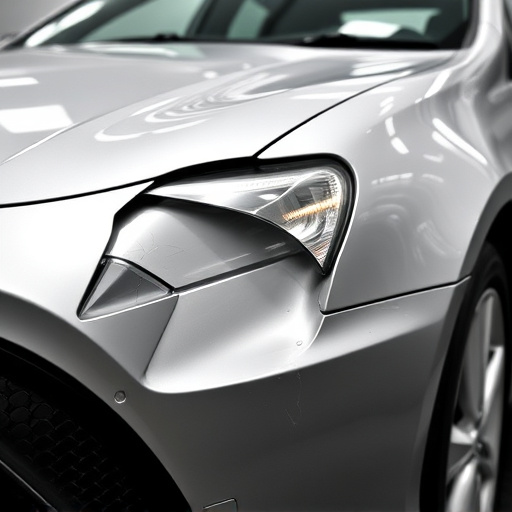
In the realm of post-accident frame analysis, specialized software has become an indispensable tool for vehicle repair professionals. These digital solutions enable thorough and precise inspections, playing a pivotal role in efficient car dent removal and comprehensive bodywork services. By providing detailed 3D models and measurements, they facilitate accurate assessments of damage, which is crucial for effective vehicle repair strategies.
Key software platforms are designed to streamline the process, offering features such as image and data synchronization, virtual measurement tools, and damage visualization. This technology not only aids in identifying minor dents and scratches but also complex structural issues. As a result, these digital frame inspection tools enhance the precision and speed of car bodywork services, ensuring that vehicles return to their pre-accident condition through efficient and reliable vehicle repair services.
Traditional Methods: Manual Measurement Techniques
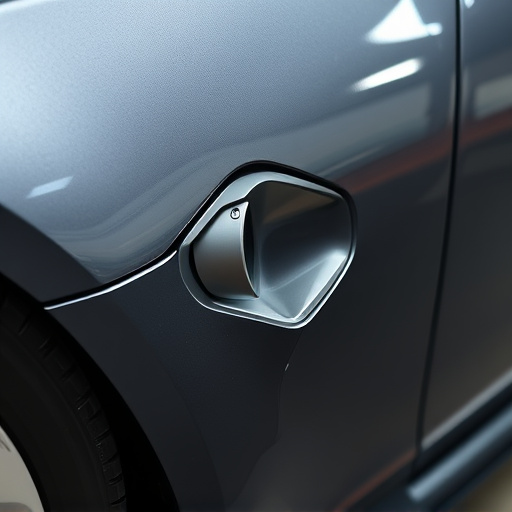
In the realm of post-accident frame analysis, traditional methods have relied heavily on manual measurement techniques. These involve skilled technicians using measuring tapes, calipers, and other hand tools to assess damage across a vehicle’s frame. This labor-intensive process demands precision and experience to accurately determine the extent of structural integrity compromise following an accident. Each measurement is meticulously recorded, forming the basis for diagnostic conclusions that inform repair strategies in vehicle body shops.
While manual methods have served well in the past, they can be time-consuming and prone to human error. In today’s competitive vehicle dent repair and paint repair market, these limitations prompt many professionals to explore alternative solutions. Embracing digital tools and advanced software for post-accident frame analysis offers more efficient, accurate assessments, streamlining workflows within vehicle body shops and ultimately enhancing customer satisfaction.
Emerging Technologies in Post-Accident Analysis
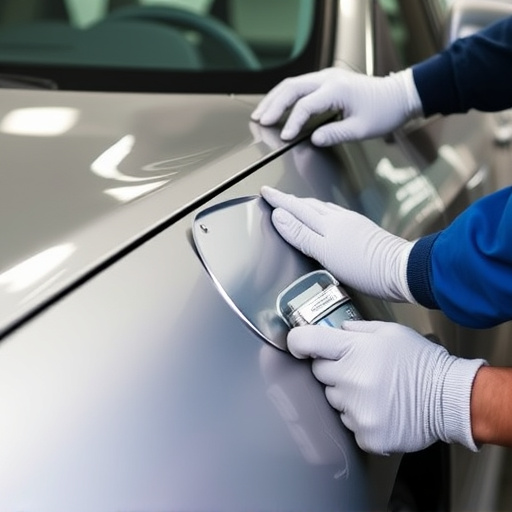
The field of post-accident frame analysis is continually evolving with emerging technologies that are transforming the way vehicle damage is assessed and repaired. Traditional methods, once reliant on manual measurements and visual inspections, are now complemented by advanced digital solutions. These innovations, such as 3D laser scanning and AI-powered imaging software, offer unprecedented precision and efficiency in documenting collision damage. By capturing detailed digital twins of vehicles, these technologies enable accurate comparisons and facilitate the precise determination of repair requirements.
Furthermore, the integration of virtual reality (VR) and augmented reality (AR) is revolutionizing car body restoration processes. VR allows for immersive simulations, enabling experts to virtually “walk through” a damaged vehicle and assess repairs from various angles. AR enhances real-world scenarios by overlaying digital information onto physical objects, facilitating hands-on collision damage repair tasks with step-by-step visual instructions. These cutting-edge tools are not just applicable to generic vehicles; they are particularly valuable in the intricate world of Mercedes-Benz collision repair, where meticulous attention to detail is paramount.
Post-accident frame analysis has evolved significantly, moving from manual measurement techniques to a suite of sophisticated tools. Key software for digital frame inspection offers precision and efficiency, while emerging technologies like 3D scanning and AI are revolutionizing the field. These advancements ensure that accidents are thoroughly analyzed, providing invaluable insights for safety improvements and damage restoration in today’s automotive industry.

